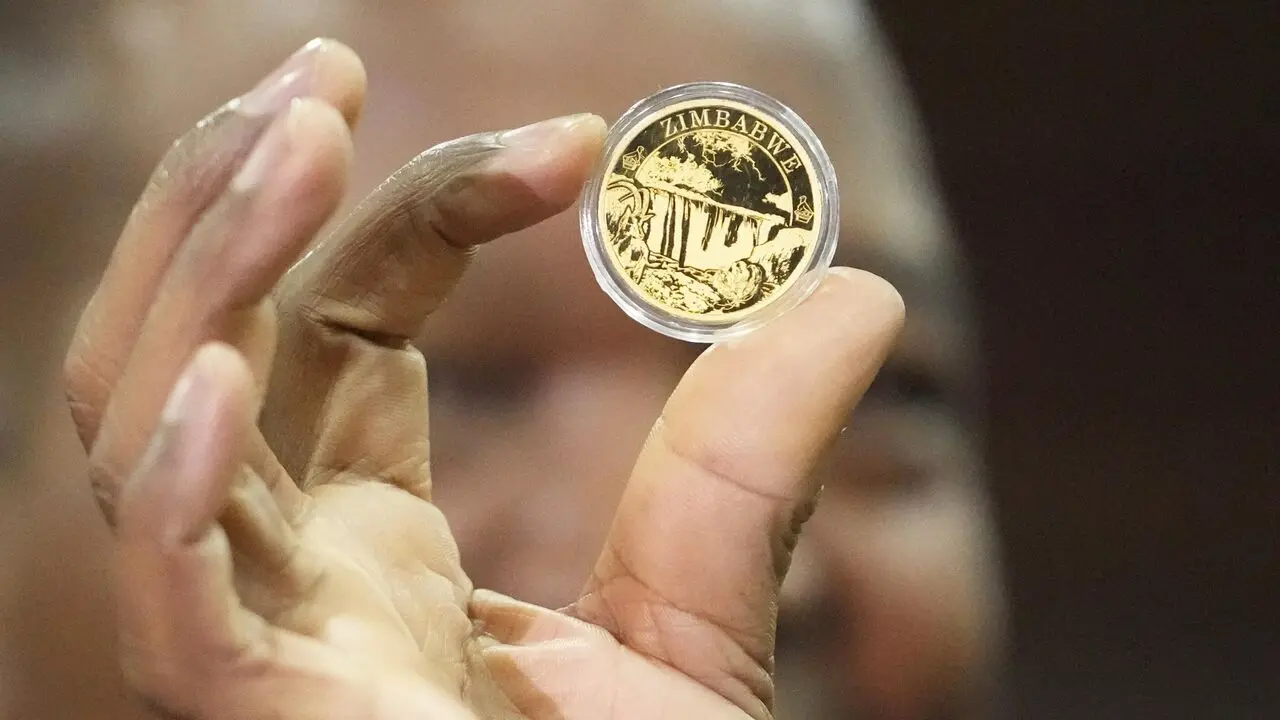In a significant move aimed at stabilizing its economy and controlling skyrocketing inflation, Zimbabwe's central bank has launched a new currency called Zim Gold (ZiG). This new "structured currency" is backed by a mix of foreign currencies, gold, and other precious minerals, according to John Mushayavanhu, the governor of Zimbabwe’s Reserve Bank.
Tackling Inflation and Economic Instability
Zimbabwe has struggled with severe inflation and economic instability for years, most notably in 2008 when the country faced hyperinflation that rendered its currency almost worthless. With inflation rates hitting triple digits last year and a continued devaluation of the Zimbabwean dollar (which lost nearly 100% of its value against the US dollar in the past year), the introduction of ZiG aims to bring stability to the market.
Mushayavanhu explained that the new currency will circulate alongside other currencies in a bid to simplify and bring predictability to Zimbabwe's financial system. The central bank has also implemented a market-determined exchange rate for the new currency, which is part of a broader plan to restore confidence in the country's monetary system.
Features of the New Currency
The ZiG currency, which will replace the current Zimbabwe dollar, will be available in denominations ranging from 1 to 200 ZiG. The notes will feature images of gold ingots being minted and Zimbabwe’s famous Balancing Rocks, a tribute to the country's natural beauty and its connection to gold.
Citizens will have a 21-day period to exchange their old Zimbabwean dollars for the new ZiG currency, after which the old notes will no longer be valid for transactions.
Concerns About Sufficient Reserves
While the central bank is optimistic about ZiG's role in stabilizing the economy, some analysts have raised concerns about whether Zimbabwe has enough reserves to back this new currency. On Thursday, President Emmerson Mnangagwa inspected the country’s gold reserves, which reportedly include 1.1 tonnes of gold within Zimbabwe and an additional 1.5 tonnes abroad. Mushayavanhu also mentioned the bank holds $100 million in cash and precious minerals such as diamonds, which could be converted into 0.4 tonnes of gold.
However, critics are concerned that fluctuations in gold prices and the overall volatility of Zimbabwe's economy could undermine the long-term success of this gold-backed currency. Despite the central bank’s assurance that the reserves amount to three times the value of the new currency being issued, some question whether this will be enough to keep inflation in check.
Historical Context and Economic Challenges
Zimbabwe’s current economic woes are reminiscent of the hyperinflation crisis in 2008, when prices soared out of control, and the central bank printed a 100-trillion-dollar note, which became a symbol of economic collapse and is now a collector’s item. While inflation has improved somewhat since then, Zimbabwe's economic recovery has been slow, and the country's 16 million citizens continue to face poverty, high unemployment, and a severe drought linked to the El Niño weather pattern.
With inflation rates at 55% as of March, the introduction of a gold-backed currency represents a bold attempt by the government to regain control of the economy. Whether or not this move will prove effective remains to be seen, particularly in light of ongoing concerns about reserves and global gold prices.
For further reading and detailed insights, check out the original article on Al Jazeera.







